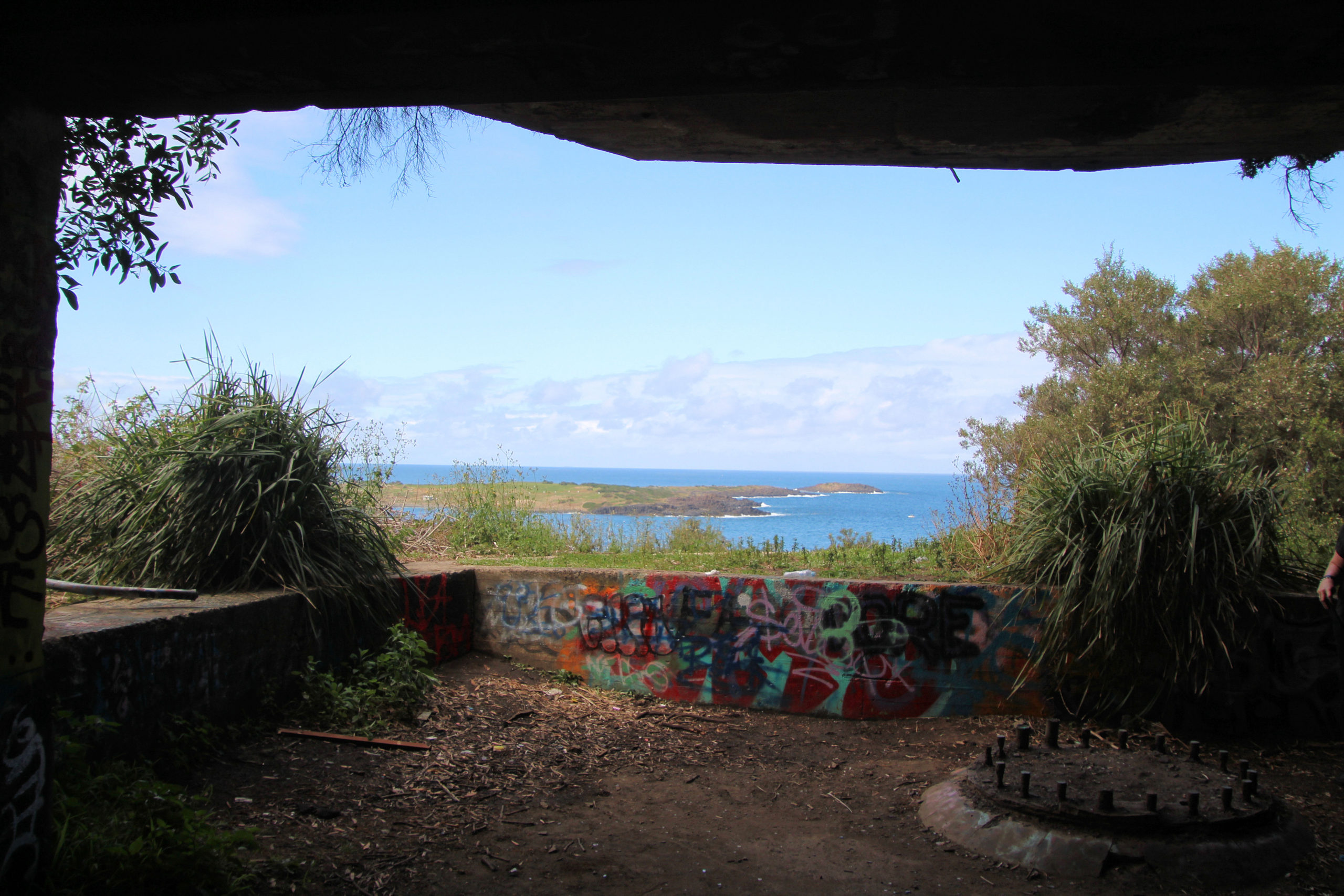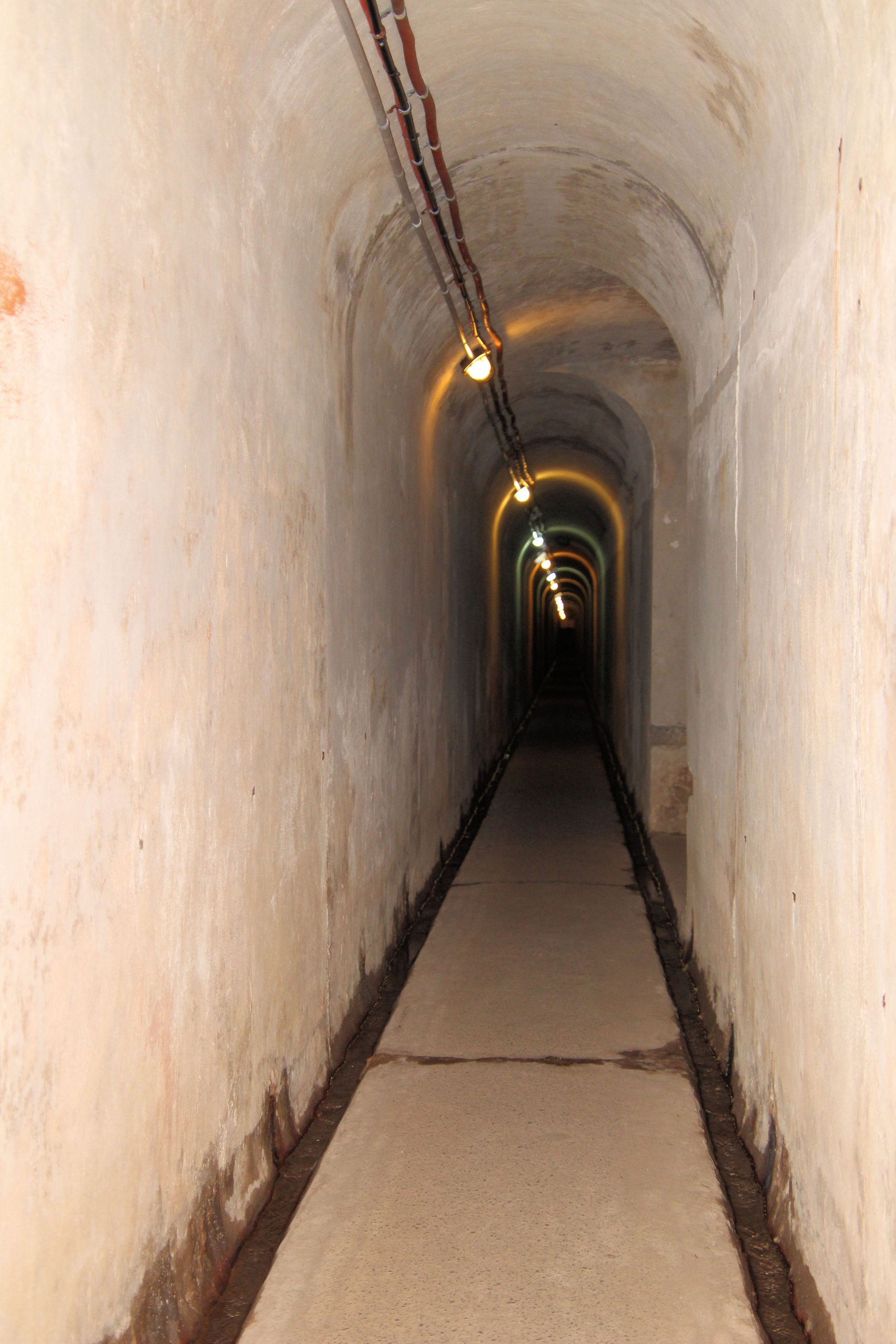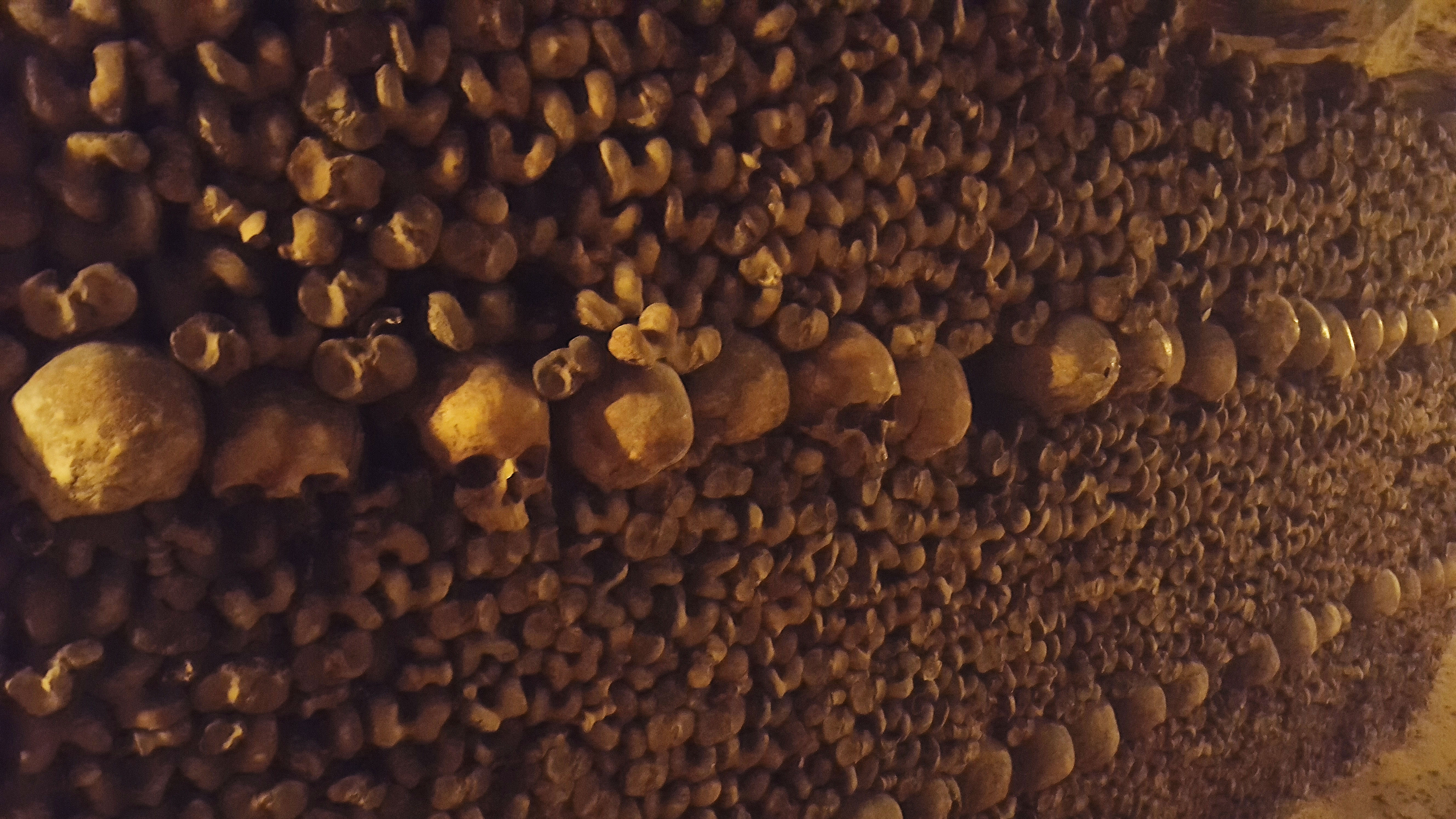Tag: tunnels
-
Illowra Hill 60 Battery Port Kembla

Illowra Hill 60 Battery Today the Illowra Hill 60 Battery gives fantastic views over the Illawarra Coastline, however, in World War Two it was the front line of defence for the region. With an observation post on top of the hill, the two guns placed below had commanding views of fire to defend Port Kembla… Read more
-
North Head Sanctuary and Tunnels

North Head Operated by Sydney Harbour Trust, North Head is an ex-army heritage listed site. Staffed by volunteers, the Visitor Centre is an ideal point to start your exploration of the area as they can provide you with an overview of what’s available. Our visit on a Sunday corresponded to the day that a guided… Read more
-
Paris Catacombs Underground Necropolis

The Paris Catacombs are part of the former mine tunnels that riddle the underground of Paris. Originally used to mine the stone used to build many of the city’s buildings, a lack of burial space in the city cemeteries led to the bones of six million people being placed in the disused tunnels between 1786… Read more